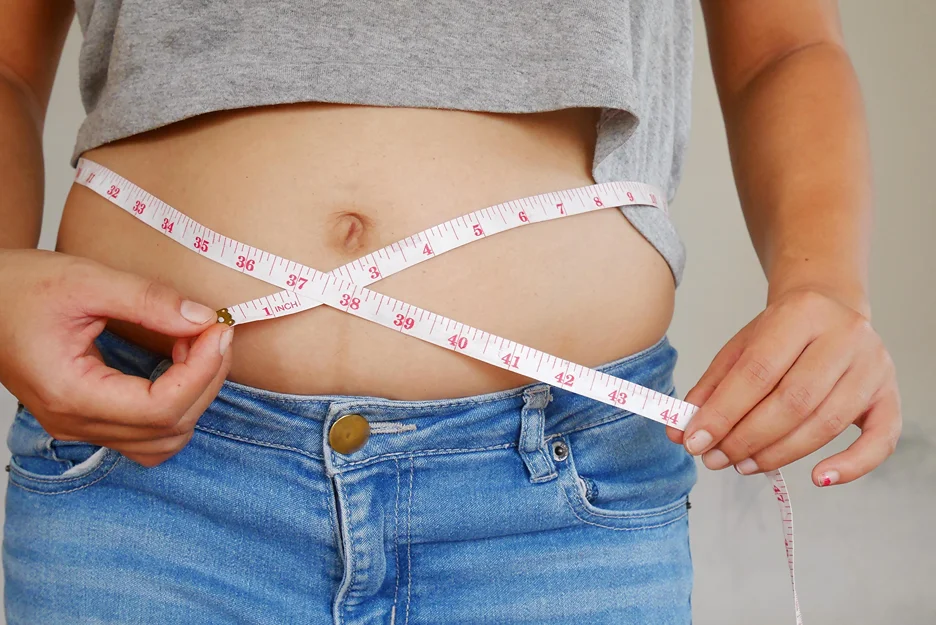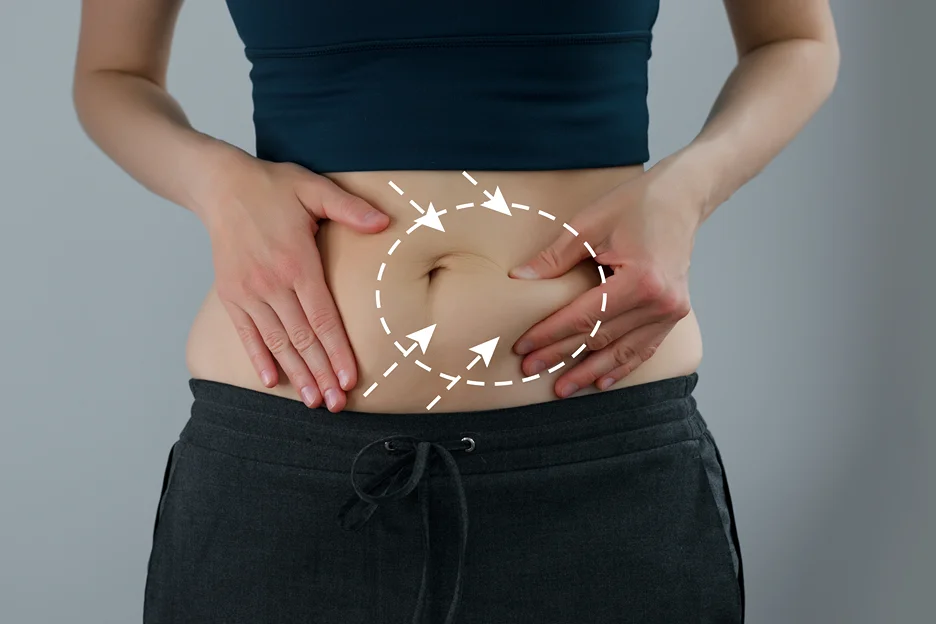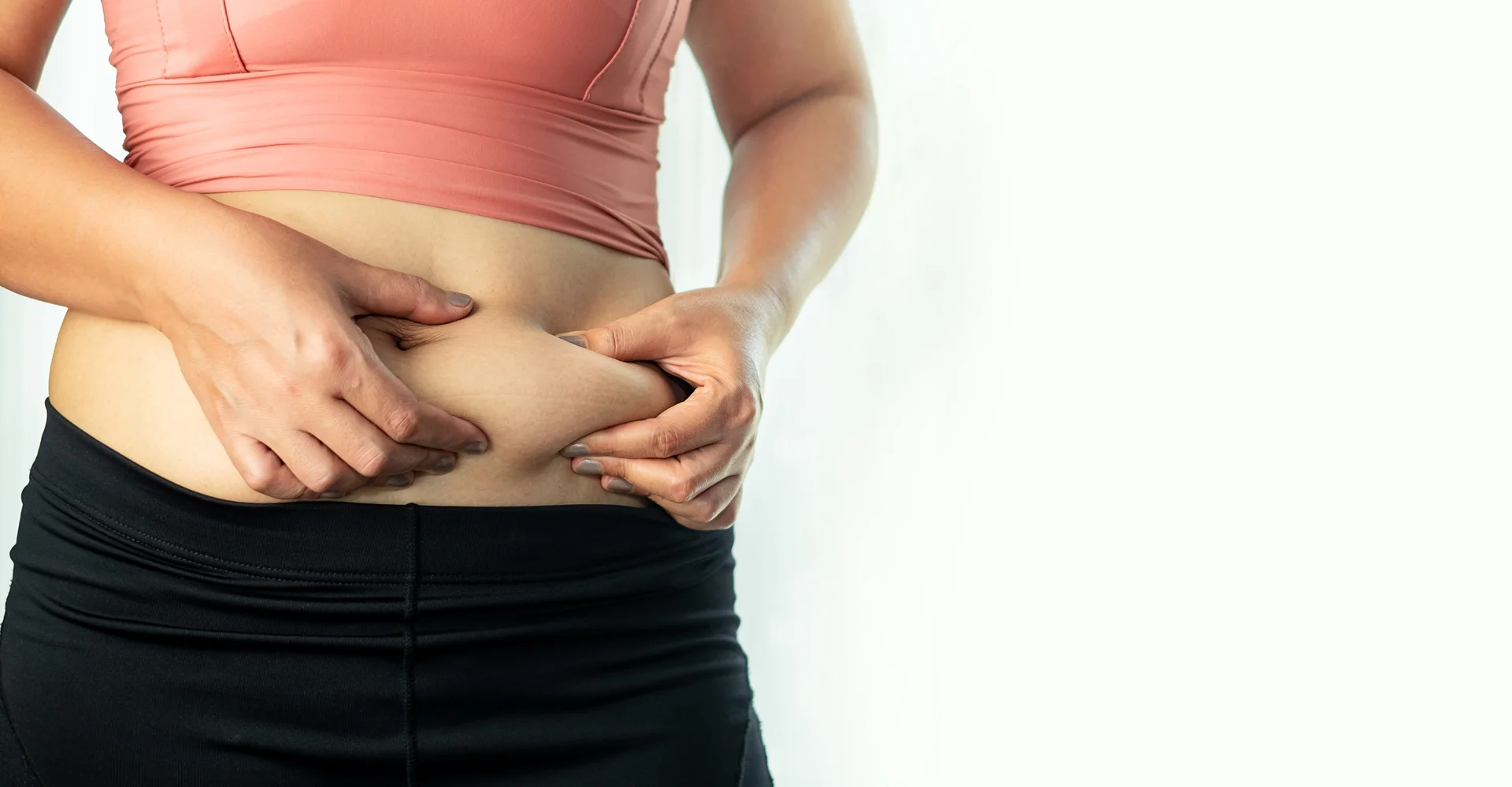Eating a diet rich in lean proteins, anti-inflammatory foods, fruits, vegetables, whole grains, and plenty of water after Lipo 360 and BBL, while avoiding processed foods, sugar, alcohol, and fatty foods will significantly optimize your healing and results.
Undergoing body contouring procedures like Lipo 360 and Brazilian Butt Lift (BBL) is a major decision. While the immediate results can be dramatic, maintaining your new silhouette requires dedication, especially when it comes to your diet.
What you eat after liposuction and fat transfer procedures can impact your recovery and determine how well your results last. That’s why proper post-op nutrition is crucial.
Can I Eat Immediately After Lipo 360 and BBL?

In the initial 24-48 hours after surgery, your digestive system will still be slowed down from the anesthesia medications used during your procedure. For this reason, most surgeons recommend starting with clear liquids and soft, easy-to-digest foods before working back up to more solid meals.
It’s important not to overload your stomach too soon. Small, frequent portions of broth, gelatin, juice, or smoothies are less likely to cause nausea or discomfort compared to large, heavy meals. Listen to your body and ease back into eating slowly.
Stay hydrated by sipping on water, coconut water, fruit juices, protein shakes, and electrolyte drinks, even when you don’t feel hungry enough for solid foods yet. As the sedative effects wear off and bowel function returns to normal, you can gradually add in soft foods like yogurt, applesauce, mashed potatoes, and scrambled eggs.
The Best Foods to Support Healing After Lipo 360 and BBL
What you eat matters for supporting the healing process and getting the results you want from your procedure. Focus on incorporating these beneficial options:
Lean Proteins to Repair Tissues
Consuming adequate protein is crucial for repairing damaged tissues and maintaining muscle mass as your body recovers from surgery. Go for options like:
- Chicken and turkey breast
- Fish and shellfish like salmon, tuna, shrimp
- Tofu, edamame, and tempeh
- Eggs, Greek yogurt
- Beans, lentils, and legumes
Aim for around 60-80 grams of protein per day. Spread intake out over small, frequent meals and snacks.
Anti-Inflammatory Foods to Reduce Swelling
Inflammation is a natural part of the healing process, but too much can lead to fluid retention, pain, and extended recovery time.
Choosing foods with anti-inflammatory compounds can help control swelling and get you back on your feet faster. Opt for:
- Berries like strawberries, blueberries, and raspberries
- Leafy greens like spinach, kale, chard
- Fatty fish like salmon and mackerel
- Nuts like walnuts, almonds, and pecans
- Seeds like chia, flax, and hemp
- Extra virgin olive oil
- Ginger and turmeric
Vitamin & Mineral-Rich Foods for Immune Support
Loading up on antioxidant and phytochemical-rich fruits and veggies helps provide the vitamins and minerals essential for healing.
Focus especially on produce high in:
- Vitamin C – oranges, grapefruit, bell peppers, broccoli
- Vitamin A – carrots, sweet potatoes, spinach
- Zinc – pumpkin seeds, cashews, chickpeas
- Vitamin E – almonds, avocado, sunflower seeds
Whole Grains for Healthy Digestion
The fiber in whole grains like oats, brown rice, whole wheat bread, and quinoa promotes healthy digestion and prevents constipation, which can be an issue after surgery.
Start with small portions and well-cooked whole grains that will be easier to tolerate as your GI function returns to normal.
Stay Hydrated
Dehydration will slow down your recovery. Sip on water consistently throughout the day, along with hydrating foods like cucumbers, berries, melons, broths, and herbal teas.
Shoot for around 64 ounces of total fluids daily. Thirst is not always the best indicator, so set a reminder if needed.
Foods to Avoid After Lipo 360 and BBL
Just as there are beneficial foods to focus on, there are those that can hinder healing and trigger discomfort. Steer clear of:
Processed & Fast Foods
Heavily processed items like fast food, frozen meals, chips, and snacks are typically high in fat, salt, and preservatives – all things that can worsen swelling and inflammation. They also lack nutritional value to aid healing.
Sugary Foods & Drinks
Pastries, candy, sodas, and sugary coffees and teas can all cause blood sugar spikes and crashes. This leads to inflammation and suppressed immunity. Avoid added sugar and limit natural sugars like fruit juice as well.
Alcohol
Alcohol is dehydrating and can interact with pain medication. It also taxes your liver, which needs to be working efficiently to metabolize anesthetics and aid healing. Avoid drinking alcohol in the first 2-3 weeks minimum.
Spicy Foods
Heavily spiced items like chili or hot wings can irritate your stomach and digestive tract, which will already be sensitive after surgery. Save the spice for when your system has recovered.
Fatty, Greasy Foods
Ribs, burgers, fried items, and other high-fat foods are harder to digest. This can lead to nausea and stomach upset. Stick to leaner proteins prepared in healthier ways.
Additional Diet Tips for Optimal Recovery

Follow these additional best practices for your post-op eating plan:
Snack Frequently
Small, frequent meals are easier to tolerate than large portions. Breakfast, lunch, and dinner plus two or more snacks keeps energy steady and prevents discomfort from an overly full stomach.
Meal Prep
Having healthy grab-and-go options prepared and on hand makes it easier to stick to a nutritious diet. Prep balanced meals and snacks in advance for the week ahead.
Watch Portions
Portion control is important even when choosing nutritious options. Overeating can cause swelling and stretch skin before it has fully adhered from surgery. Listen to your body’s cues of fullness.
Listen to Your Body
Keep a food diary to note which foods make you feel your best or worst. Avoid anything that seems to trigger inflammation, digestive issues, or fatigue. Honor cravings for foods your body seems to need.
The Takeaway
The way you fuel your body after undergoing Lipo 360 and Brazilian butt lift procedures has a tremendous impact on your recovery process and results.
By eating the optimal mix of proteins, anti-inflammatory foods, vitamins, minerals, and healthy fats while avoiding processed items, sugar, alcohol, and heavy foods, you’ll support healing and give yourself the best chance for your desired outcomes.
Every patient has unique nutritional needs – be sure to follow your surgeon’s personalized diet guidelines. With the proper self-care and nutrition, your transformed, confident new look can last for years to come.






